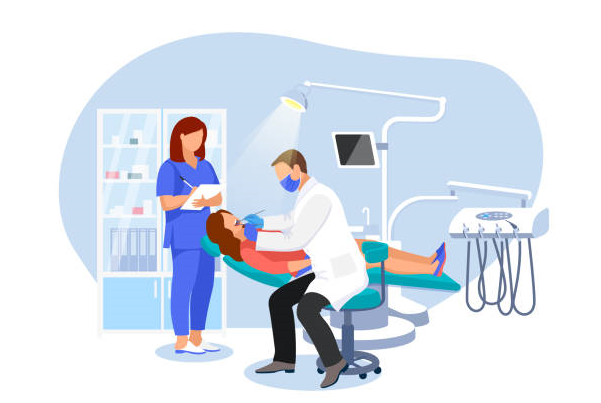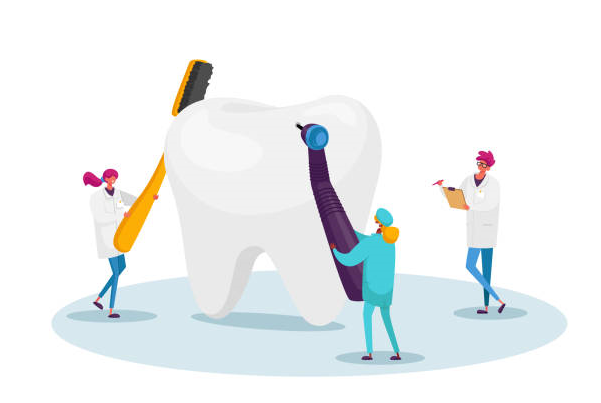Light-Cure Composites
Light-cure composites are resin-based materials that harden when exposed to specific wavelengths of light. They are widely used in dental restorations due to their aesthetic properties, ease of use, and ability to bond to tooth structure.
Key Components:
- Diketone Photoinitiator: The primary photoinitiator used in light-cure composites is camphoroquinone. This compound plays a crucial role in the polymerization process.
- Visible Light Spectrum: The curing process is activated by blue light, typically in the range of 400-500 nm.
2. Curing Lamps: Halogen Bulbs and QTH Lamps
Halogen Bulbs
- Efficiency: Halogen bulbs maintain a constant blue light efficiency for approximately 100 hours under normal use. This consistency is vital for reliable curing of dental composites.
- Step Curing: Halogen lamps allow for a technique known as step curing, where the composite is first cured at a lower energy level and then stepped up to higher energy levels. This method can enhance the properties of the cured material.
Quartz Tungsten Halogen (QTH) Curing Lamps
- Irradiance Requirements: To adequately cure a 2 mm thick specimen of resin-based composite, an irradiance value of at least 300 mW/cm² to 400 mW/cm² is necessary. This ensures that the light penetrates the composite effectively.
- Micro-filled vs. Hybrid Composites: Micro-filled composites require twice the irradiance value compared to hybrid composites. This is due to their unique composition and light transmission properties.
3. Mechanism of Visible Light Curing
The curing process involves several key steps:
Photoinitiation
- Absorption of Light: When camphoroquinone absorbs blue light in the 400-500 nm range, it becomes excited and forms free radicals.
- Free Radical Formation: These free radicals are essential for initiating the polymerization process, leading to the hardening of the composite material.
Polymerization
- Chain Reaction: The free radicals generated initiate a chain reaction that links monomers together, forming a solid polymer network.
- Maximum Absorption: The maximum absorption wavelength of camphoroquinone is at 468 nm, which is optimal for effective curing.
4. Practical Considerations in Curing
Curing Depth
- The depth of cure is influenced by the type of composite used, the thickness of the layer, and the irradiance of the light source. It is crucial to ensure that the light penetrates adequately to achieve a complete cure.
Operator Technique
- Proper technique in positioning the curing light and ensuring adequate exposure time is essential for achieving optimal results. Inadequate curing can lead to compromised mechanical properties and increased susceptibility to wear and staining.




 EET MDS
EET MDS